Affiliate Disclosure: AmmoCave.com sometimes gets paid for listings, through sponsors or affiliate programs like Lucky Gunner, Optics Planet, Brownells, Cabelas, Academy Sports & Outdoors, Rainier Arms, Palmetto State Armory, Sportsman’s Guide, Ammo.com, Ammo Man, Primary Arms, MidWayUsa, Amazon, eBay, etс. Clicking a link helps keep AmmoCave.com free, at no extra cost to you!
Authors: Each article is verified by AmmoCave's expert team. Professional hunters, firearm trainers, gunsmiths, and gun experts write the articles. AmmoCave Team independently researches, tests, reviews, and uses recommendations from our community of gun owners. We may earn commissions from shopping links.
Note: The views and opinions expressed in this article are those of the authors and do not necessarily reflect any agency's official policy or position. The articles are for informational purposes only, share your opinions about Best 6.5mm Japanese Ammo in the comments and join the discussions. Let's share 💬 our ammo & gun experiences together!
What is 6.5mm Japanese Ammo? 🧐
It is a type of ammunition developed and used by the Japanese Self-Defense Force, or JSF, for military firearms. It is unique in that it can be loaded with high-pressure rounds, which give it more stopping power than traditional rifle ammunition.
Features 💥
The 6.5mm Japanese ammo is known for its superior accuracy, reliable performance, and consistent velocity.
- ✅ It also offers excellent range, low muzzle flash, and a very flat trajectory.
- ✅ Additionally, this ammo is designed for quick loading and unloading so you can easily switch between different types of ammo to suit your needs.
- ✅ With its high-quality brass casing and premium components, this ammo ensures record-setting accuracy and top-notch terminal ballistics.
- ✅ Such ammo is suitable for target shooting, hunting, and even law enforcement applications due to its enhanced consistency over other calibers in its class.
Benefits 🔥
The 6.5mm Japanese ammo offers a range of benefits that make it a popular choice for shooters who are looking for an accurate and reliable round.
- ✳️ This ammo is known for its accuracy and performance, with some rounds offering sub-MOA accuracy at up to 1,000 yards.
- ✳️ It also has minimal felt recoil, which makes it comfortable to shoot even the heaviest loads.
- ✳️ Furthermore, it is extremely consistent, so shooters can expect similar performance in every shot they take.
- ✳️ Finally, this ammunition is highly affordable compared to many other rounds on the market today.
Ballistic performance🎯
😉 The 6.5mm Japanese ammo is known for its excellent ballistic performance, in part due to its smaller size and lighter weight than other ammunition of similar caliber.
- 🟣 The round has a very flat trajectory with minimal wind drift, making it an ideal choice for precision shooting at long range.
- 🟣 This ammo is renowned for its accuracy, delivering consistent shot-to-shot results even when fired from different weapons platforms.
- 🟣 Its high muzzle velocity also helps to ensure that the round delivers superior energy transfer upon impact with a target, making it an effective option for hunting and defensive purposes as well.
Best 🚀 6.5mm Japanese Ammo Reviews
1# 6.5mm Japanese – 156 Grain SPRN – PCI
Precision Cartridge has produced a superior quality, American-made 6.5mm Japanese cartridge that draws upon the classic design of the original caliber released in 1897. Each round is encased in new brass and topped with a dependable Boxer primer, making it an excellent choice for hand loaders looking to reload their ammunition. The non-magnetic and anti-corrosive properties of this ammunition make it a great choice for both indoor and outdoor shooters alike.
How to reload? 🤠
Reloading 6.5mm Japanese ammo is a great way to save money and extend the life of your rifle or pistol. It’s important to research thoroughly before attempting reloading as safety should be your top priority.
📌 To begin, you’ll need a press and dies to reload your ammunition. Additionally, you will need primer trays, shell holders, powder funnels, calipers for measuring cases, wads for shotgun ammo, flaring dies for bottleneck cartridges, and several other pieces of equipment depending on the type of ammunition you are loading.
📌 You’ll also need a supply of brass cases and bullets, as well as powder and primers.
- ➡️ Once you have all your supplies, you can begin the reloading process. Start by cleaning the brass cases with a tumbler or ultrasonic cleaner (depending on what type of case you are using).
- ➡️ Then trim the cases to uniform length if needed before chamfering and deburring them.
- ➡️ Next, prime the cases with the appropriate primers and follow by sizing and expanding them. Always keep a consistent trim length on bottleneck cartridges to ensure neck tension.
- ➡️ Fill each case with an appropriate amount of powder using a loading block or scale as a measure.
- ➡️ Finally, seat the bullets in place and crimp them if needed.
FAQ 😎
Conclusion 🙂
So, what is the best 6.5mm Japanese ammo on the market today? It depends on your needs and preferences as a shooter. However, we would recommend trying out the product that we have reviewed in this article. Having read the article, you should be able to find the perfect round for your next shooting adventure. Thanks for reading! 🤠👍







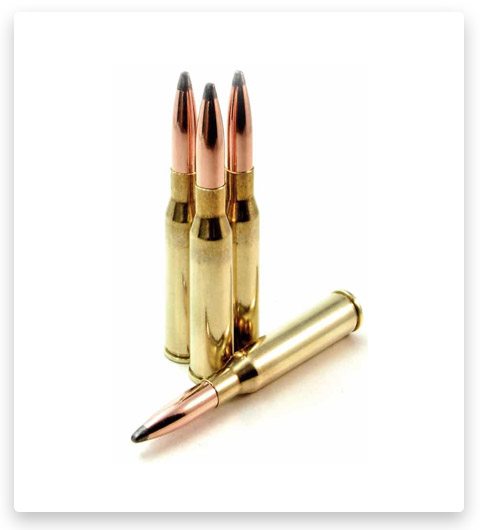

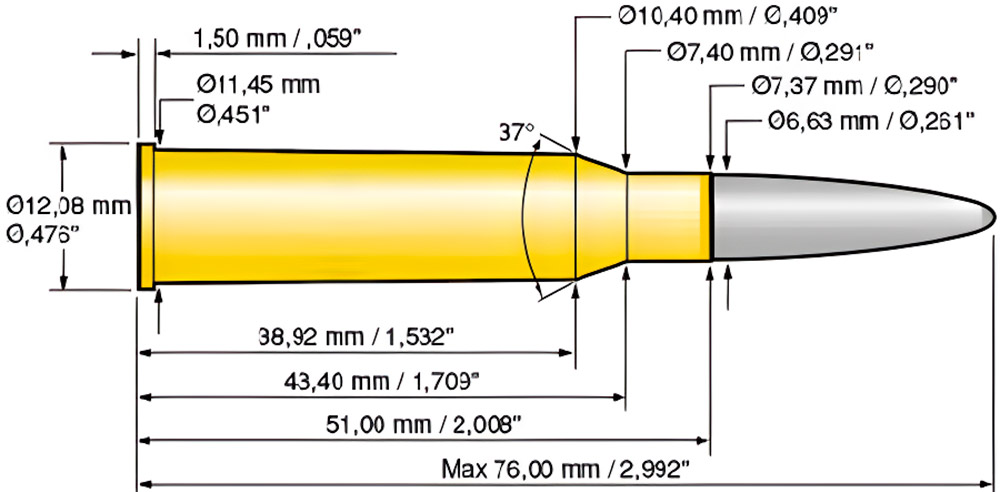
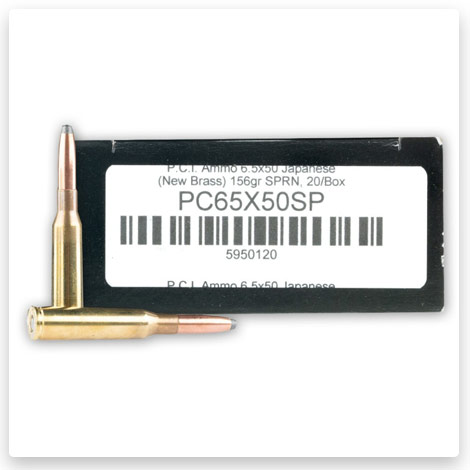
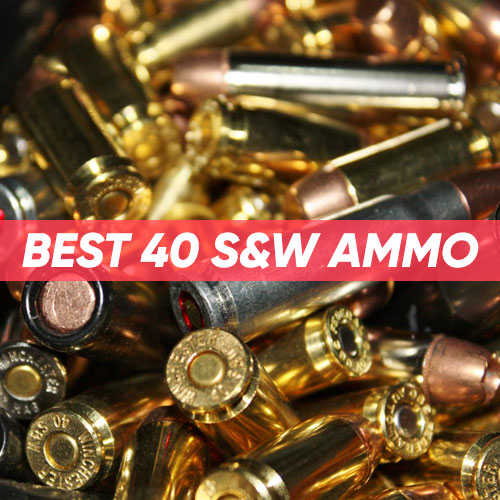
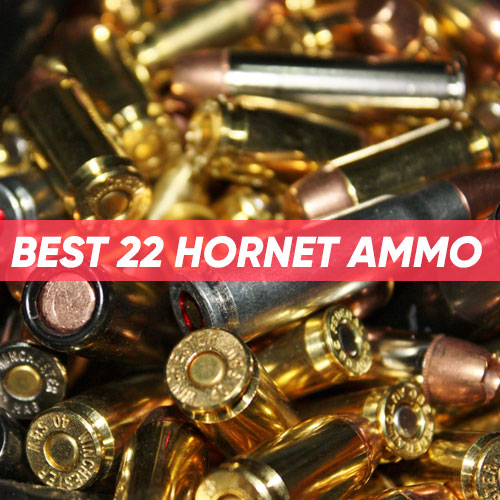

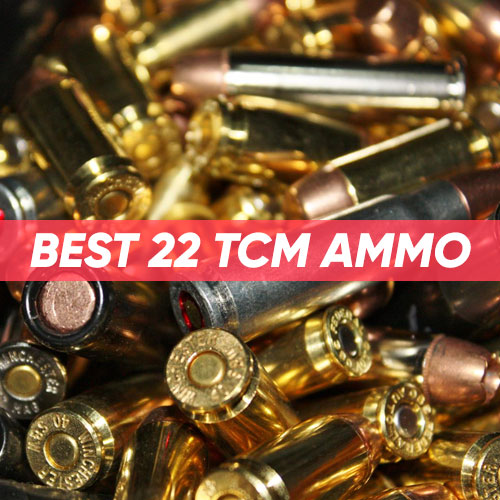
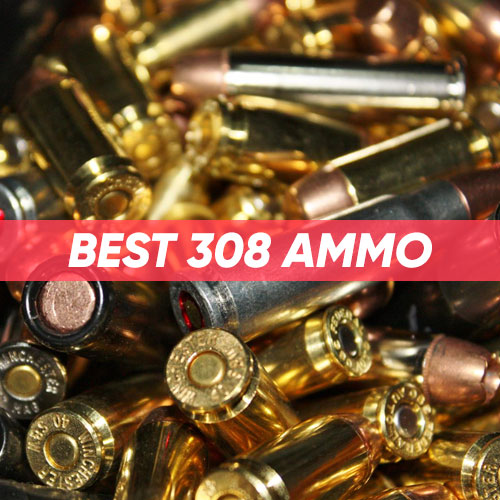

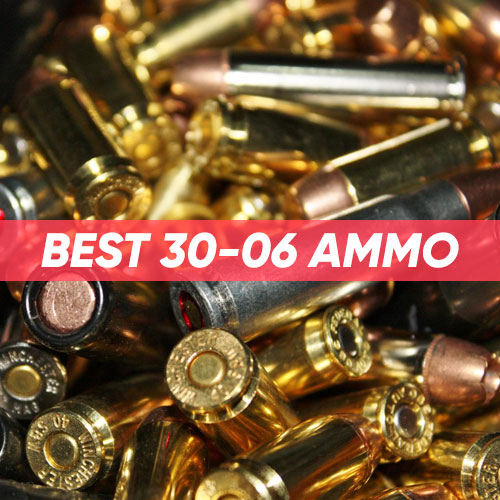

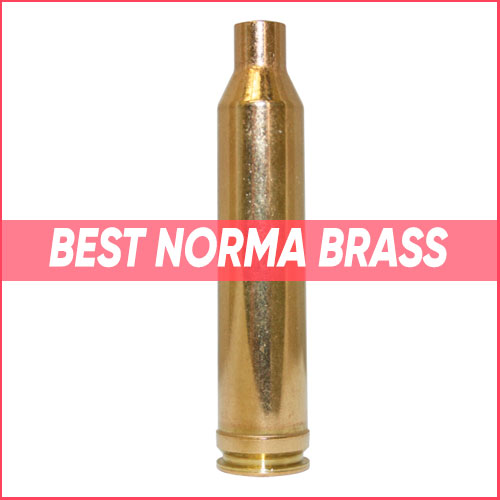
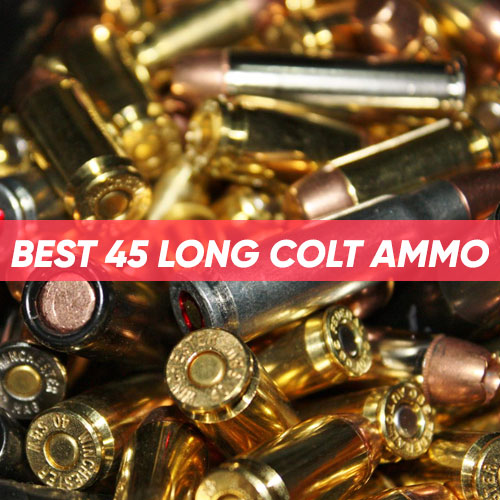
I recently acquired an Arisaka and would like to start loading ammunition for it. I have a good amount of rifle primers, 6.5 projectiles, and powder, but I still need to find brass. I am wondering if there are any types of brass that I can convert into 6.5 Jap or if it would be more practical to just purchase 6.5 Jap brass outright.
I have personally converted other brass, such as 308 Win, 260 Rem, and 7mm-08, into 6.5 Jap, but it requires some extra steps. First, I use a Lee 45 ACP bullet sizing plunger to push a case about 1/4 inch into a 303 Brit full-length sizing die. This helps to reduce the case head to around 0.450 inches. Then, I use a 1/4 inch bolt and hammer to punch the case out of the 303 Brit die. Next, I run the case through a 6.5 Jap full-length sizing die. It’s important to check the case of the gun, as further swaging of the head may be necessary. Once the case fits perfectly in the chamber, I trim it to 1.984 inches. If the parent case was not originally 6.5 mm, I also need to turn the neck.
In my experience, I always prefer to use native brass when reloading ammunition, but sometimes it can be difficult to find 6.5 Japanese brass. In this case, I have found that it is possible to use 35 Remington brass and perform a single resize operation to create 6.5 Jap brass. While the necks on the resulting brass may be slightly shorter than ideal, I have found that they still hold onto the bullet securely.
I have added three firearms to my collection in the past year alone and was even considering purchasing two more just yesterday. While I do appreciate the merits of other cartridges, I am particularly fond of the 6.5 Jap. I have been trying to convince my older neighbor, who is 97 years old, to gift me his 6.5 Jap rifle, which is super light and would be perfect for hiking. Aside from that, I have also been considering getting a 5.56, as I currently don’t have one in my collection (I know, how could I not?).
As someone relatively new to reloading, I have started to load for old and obsolete military calibers to make it easier to find commercial ammo. One of the rounds that I shoot is the 6.5×50 Japanese round, and I have both a Lee FL die set and an older RCBS die set that I got for a good deal. However, I have noticed that my Type 38 rifle distorts the brass when I shoot it. When I try to size the brass in my Lee FL Die, it ends up stretching the case into being slightly over the Max Case length, which means I have to trim them after just one firing. So now I’m thinking about neck sizing the brass instead. I’m wondering if anyone has tried this method and if it works and is worth it.
In my opinion, the Hornady 6.5 neck sizing die would be a good choice for your situation. However, keep in mind that you may need to get a separate one for each caliber, as constantly switching out the die can be time-consuming.
I think you might be able to use current dies to neck size the 6.5 Jap brass. Just plan on backing out the FL sizer and adjusting it so it just touches the shoulder. To check how far down it goes, use some soot or a sharpie on the case neck. I have two full-length dies, so I can compare and see which one works the body the least when set up like this. If the sizing is minimal or nonexistent on the body, that would be ideal. After doing this, I’ll have to separate my brass by rifle. If I don’t want to do that, I can adjust my die until it produces ammo that fits all of my rifles, but the brass life will suffer.
I came across an interesting observation while researching the Japanese Arisaka rifle. I found it strange that many cartridges from pre-WW1 to early WW2, such as the 6.5 x 50mm used by the Type 30, 35, and 38, the Italian 6.5 x 52mm, the Lee Navy 6 x 60mm, and the Krag 7.62 x 67mm, were criticized for being underpowered in combat, despite being much bigger and more powerful than modern rounds. For example, the 6.5 Arisaka cartridge weighed 9 grams and produced close to 2700 Joules of energy, whereas the 7.62 x 39 cartridge, which is widely regarded as hard-hitting, weighed only 10 grams and produced 2100 Joules of energy.
The confusion surrounding the effectiveness of 6.5 Arisaka and 6.5 Carcano likely stems from their underperformance in the context of long-range fire, particularly from infantry and vehicle-borne machine guns. These roles place a premium on medium-to-long-range performance and armor penetration. The effectiveness of these rifles against infantry targets at short-to-medium range is unclear and often relies on anecdotal evidence. However, in the context of support weapons, the 2.7kJ of 6.5 Arisaka is notably less than the 3.5-4kJ of 8mm Mauser or .30-06, and the smaller caliber projectile limits the amount of steel core that can be used in armor-piercing ammunition. In situations where light cover or light armor needs to be penetrated, the extra punch provided by larger calibers is highly valued. Additionally, the early 6.5 calibers struggled at long ranges compared to the various military .30″ cartridges due to their poor aerodynamic performance. While modern supersonic aerodynamics favor smaller, more streamlined calibers, the 6.5 Arisaka and 6.5 Carcano were not designed with these considerations in mind.
The AK and the Arisaka are used in different weapon systems. The AK is designed to fire at a faster rate, so recoil reduction is more important for follow-up shots and they typically carry more ammunition. In contrast, a light round like the 6.5mm Arisaka is not very useful in a bolt-action rifle as it doesn’t offer much benefit and has significant drawbacks. The 6.5mm and 7.7mm are also used in machine guns, where recoil is less of a factor, but range and stopping power are more important. It’s also beneficial to have both the rifleman and machine gunner using the same ammunition.